Evaluation of alternative school feeding models on nutrition, education, agriculture and other social outcomes in Ghana: rationale, randomised design and baseline data
- PMID: 26792672
- PMCID: PMC4719729
- DOI: 10.1186/s13063-015-1116-0
Evaluation of alternative school feeding models on nutrition, education, agriculture and other social outcomes in Ghana: rationale, randomised design and baseline data
Abstract
Background: 'Home-grown' school feeding programmes are complex interventions with the potential to link the increased demand for school feeding goods and services to community-based stakeholders, including smallholder farmers and women's groups. There is limited rigorous evidence, however, that this is the case in practice. This evaluation will examine explicitly, and from a holistic perspective, the simultaneous impact of a national school meals programme on micronutrient status, alongside outcomes in nutrition, education and agriculture domains. The 3-year study involves a cluster-randomised control trial designed around the scale-up of the national school feeding programme, including 116 primary schools in 58 districts in Ghana. The randomly assigned interventions are: 1) a school feeding programme group, including schools and communities where the standard government programme is implemented; 2) 'home-grown' school feeding, including schools and communities where the standard programme is implemented alongside an innovative pilot project aimed at enhancing nutrition and agriculture; and 3) a control group, including schools and households from communities where the intervention will be delayed by at least 3 years, preferably without informing schools and households. Primary outcomes include child health and nutritional status, school participation and learning, and smallholder farmer income. Intermediate outcomes along the agriculture and nutrition pathways will also be measured. The evaluation will follow a mixed-method approach, including child-, household-, school- and community-level surveys as well as focus group discussions with project stakeholders. The baseline survey was completed in August 2013 and the endline survey is planned for November 2015.
Results: The tests of balance show significant differences in the means of a number of outcome and control variables across the intervention groups. Important differences across groups include marketed surplus, livestock income, per capita food consumption and intake, school attendance, and anthropometric status in the 2-5 and 5-15 years age groups. In addition, approximately 19 % of children in the target age group received some form of free school meals at baseline.
Conclusion: Designing and implementing the evaluation of complex interventions is in itself a complex undertaking, involving a multi-disciplinary research team working in close collaboration with programme- and policy-level stakeholders. Managing the complexity from an analytical and operational perspective is an important challenge. The analysis of the baseline data indicates that the random allocation process did not achieve statistically comparable treatment groups. Differences in outcomes and control variables across groups will be controlled for when estimating treatment effects.
Trial registration number: ISRCTN66918874 (registered on 5 March 2015).
Figures
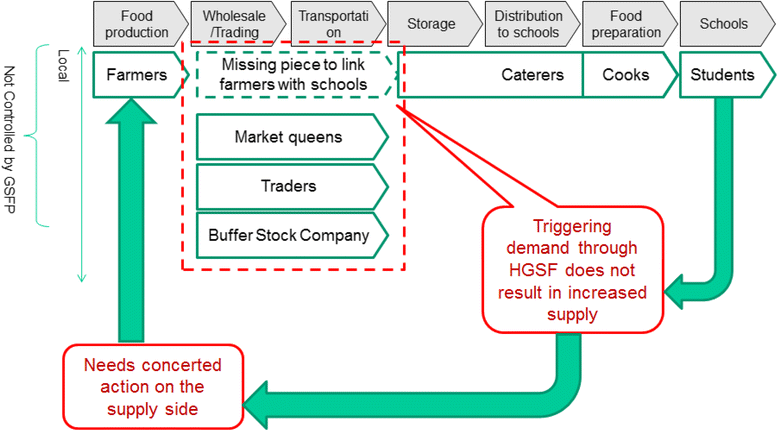
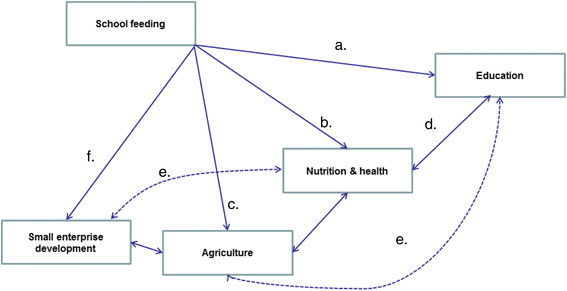
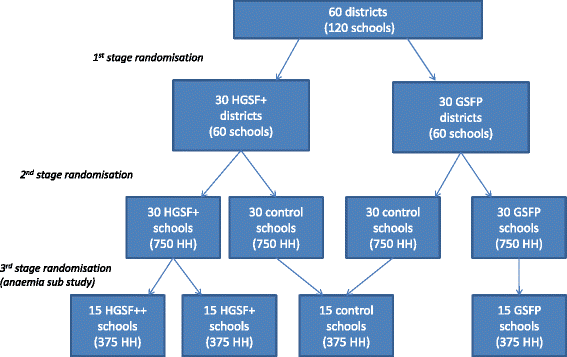
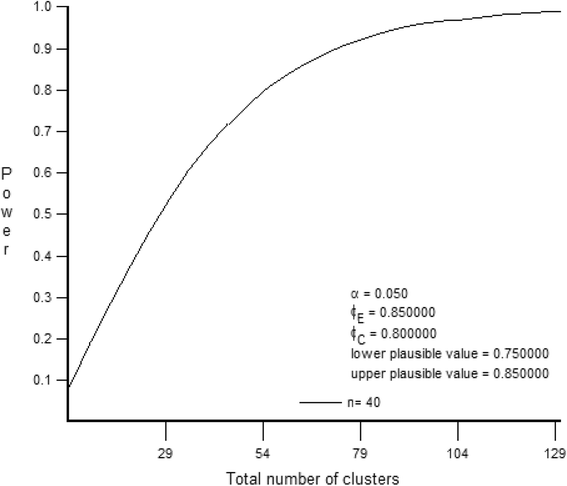
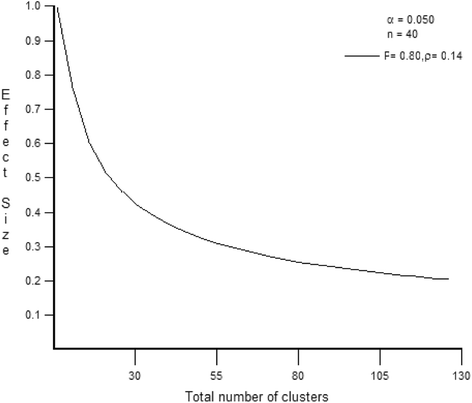
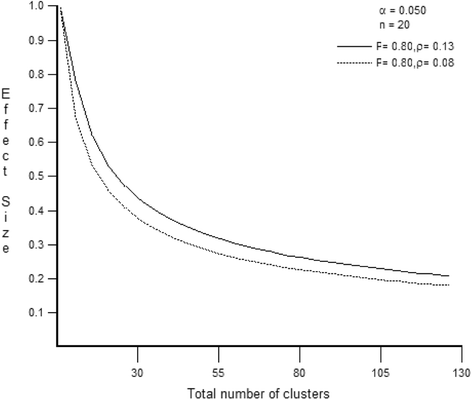
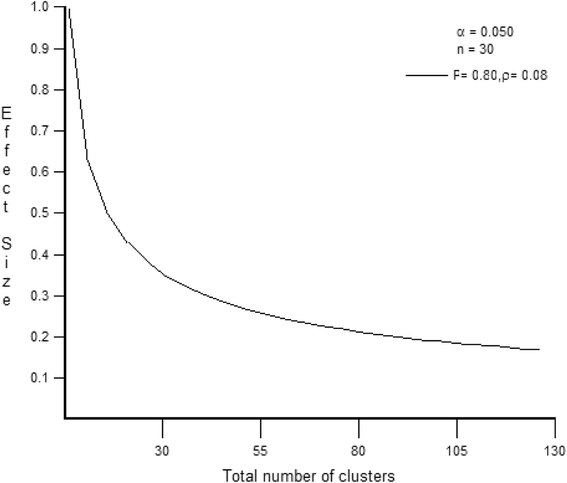
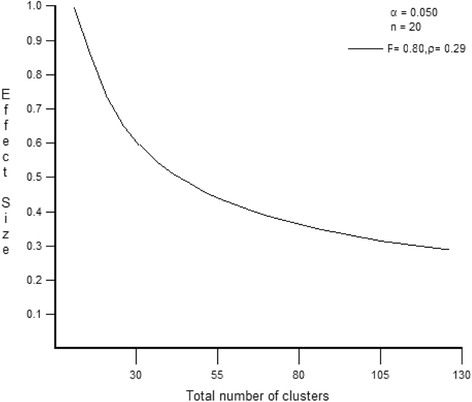
References
-
- Bundy DAP, Burbano C, Grosh M, Gelli A, Jukes M, Drake L. Rethinking school feeding: social safety nets, child development, and the education sector. Washington, DC: World Bank, 2009.
-
- Alderman H, Bundy DAP. School feeding programs and development: are we framing the question correctly? World Bank Research Observer. Washington: World Bank; 2011.
-
- Ghana Statistical Service . 2010 population and housing census. Accra: GSS; 2010.
-
- United Nations Development Programme . Human development report 2014. New York: UNDP; 2014.
-
- Nutsukpo DK, Jalloh A, Zougmoré R, Nelson GC, Thomas TS. West African agriculture and climate change. International food policy Research Institute. Washington: IFPRI; 2013. Ghana.
Publication types
MeSH terms
Substances
Associated data
LinkOut - more resources
Full Text Sources
Other Literature Sources
Medical

